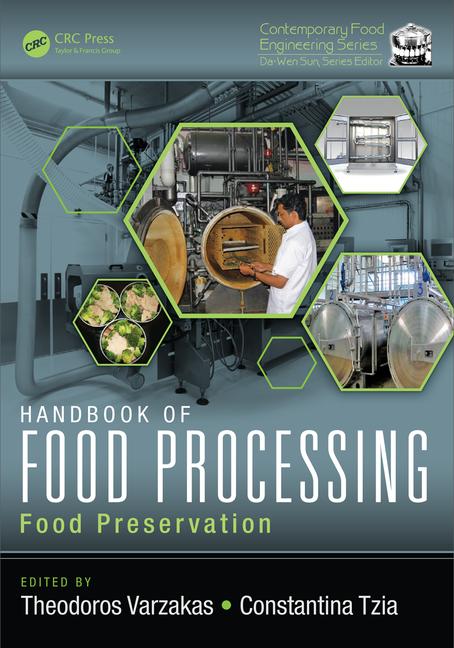Culinary Creations
Meaty Material
Americans continue to embrace meat consumption, with the protein featured in four out of five meals eaten at home and away.

The good news for meat-product suppliers: Americans still like their meat. Despite the “Meatless Monday” movement and foodservice operators’ heightened focus on offering vegetarian options, American consumers say that about four out of five meals eaten at home or away contain meat.
The bad news: Consumers remain decidedly price-sensitive. This can translate to consumers trading down to cheaper proteins. Operators, too, are struggling with higher prices for many cuts of beef and pork, with rising beef prices a particular concern.
Foodservice operators pressured to hold the line on menu prices may look to shifting their menu mix or introducing smaller protein portions. The first tactic already is in play: During 4th quarter 2012, the number of beef dishes menued at full-service operations among Technomic’s Top 500 Chain Restaurants decreased 2%, while the number of pork entrees rose about 3%. (Wholesale beef prices hit a record high in June 2012.)
With respect to the second tactic, among the beef and pork dishes gaining traction on menus, according to Technomic’s MenuMonitor data, are Asian noodle bowls, barbecued pork sandwiches and tacos, in which meat is paired with vegetables, starches and other ingredients. These are items where slightly smaller-protein portions are less likely to stand out to consumers.
Consumers say they’re interested in new and bold flavors, and menu fare ranging from Korean barbecued beef tacos to Mexican chorizo soup—again, items in which beef and pork are just one of several flavorful components—fit the bill.
So, which beef and pork flavor trends are making their mark on menus?
- Wood-smoked preparations continue to resonate, as barbecued pork gains interest, and diners are finding more menus that note the type of wood used in the smoking process. Example: Huddle House’s Smoked Pork Sandwich Platter—hickory-smoked, pulled pork with onion rings and barbecue sauce on grilled Texas Toast, with French fries or sweet-potato fries.
- Regional barbecue specialties—from Texas brisket to tangy Carolina pulled pork—are appealing to increasingly barbecue-savvy diners. Example: Hard Rock Café’s South Carolina Smokehouse Sandwich—homemade South Carolina-style mustard barbecue sauce with crispy slaw and crispy cayenne onions, served with seasoned fries, ranch beans and coleslaw.
- Asian-Mexican melds are garnering attention. The huge success of Los Angeles’ Kogi Korean BBQ food truck, which debuted in 2008, helped introduce consumers to the idea of melding Asian flavors into the taco format. Example: T.G.I. Friday’s Korean Steak Tacos—three corn tortillas filled with strips of marinated Black Angus flat-iron steak, topped with ginger-lime slaw, cucumbers, cilantro, basil and Sriracha sauce and served with a jasmine rice pilaf.
- Spicy and smoldering flavors continue to gain wider acceptance. With chipotle now firmly in the mainstream, operators are experimenting with other chilies, such as poblanos—known as ancho chiles when dried. Example: Qdoba’s Ancho Chili BBQ Burrito—choice of pulled pork, pulled chicken, steak, shredded beef or ground sirloin accented by a mole-inspired barbecue sauce with spicy chiles.
Consumers still have an appetite for beef and pork. But, as operators strive to keep food costs under control in a tenuous economic environment, suppliers would do well to demonstrate how they can help deliver on the bold, savory beef and pork flavors that consumers seek.
Darren Tristano is executive vice president of Technomic Inc., a Chicago-based foodservice consultancy and research firm. Since 1993, he has led the development of Technomic’s Information Services division and directed multiple aspects of the firm’s operations. For more information or to order the “Center of the Plate: Beef & Pork Consumer Trend Report,” visit www.technomic.com.
Looking for a reprint of this article?
From high-res PDFs to custom plaques, order your copy today!







